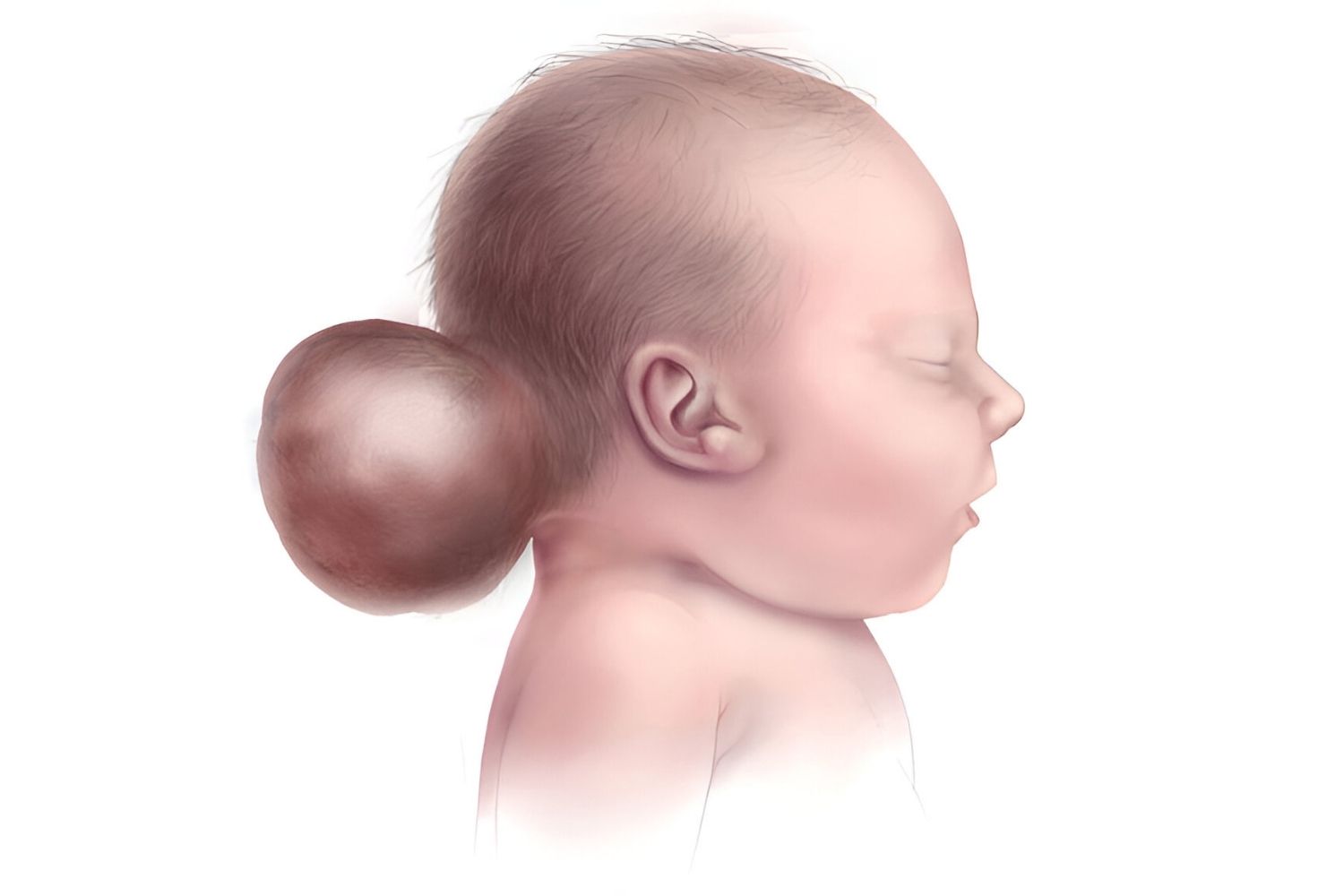
Phocomelia Thrombocytopenia Encephalocele might sound like a mouthful, but understanding it can be crucial. This rare genetic disorder combines three main features: limb abnormalities (phocomelia), low platelet count (thrombocytopenia), and brain protrusions (encephalocele). Phocomelia causes limbs to be short or absent, making daily tasks challenging. Thrombocytopenia leads to easy bruising and bleeding due to a lack of platelets. Encephalocele involves parts of the brain sticking out through skull openings, which can affect brain function. These combined symptoms make life tough for those affected. Knowing more about this condition can help spread awareness and support for those living with it. Ready to learn 25 intriguing facts about Phocomelia Thrombocytopenia Encephalocele? Let’s dive in!
Key Takeaways:
- Phocomelia Thrombocytopenia Encephalocele is a rare condition combining limb malformations, low platelet count, and brain protrusions. Early recognition and multidisciplinary care can improve quality of life.
- Ongoing research offers hope for better treatments, including gene therapy and stem cell research. Support systems and adaptive devices play a crucial role in managing daily challenges.
Understanding Phocomelia Thrombocytopenia Encephalocele
Phocomelia Thrombocytopenia Encephalocele is a rare and complex condition. It combines three distinct medical issues: limb malformations, low platelet count, and brain protrusions. Let's break down some fascinating facts about this condition.
-
Phocomelia refers to a congenital disorder where limbs are underdeveloped or absent. This can affect arms, legs, or both.
-
Thrombocytopenia means a lower than normal number of platelets in the blood. Platelets help with clotting, so low levels can lead to excessive bleeding.
-
Encephalocele is a neural tube defect where brain tissue protrudes out of the skull. This can cause severe neurological issues.
Causes and Genetics
Understanding the origins of this condition can help in managing it better. Here are some key points about its causes and genetic factors.
-
Genetic Mutations are often responsible for this condition. Mutations in specific genes can disrupt normal development.
-
Environmental Factors like exposure to certain drugs or chemicals during pregnancy can increase the risk.
-
Inheritance Patterns can vary. Some cases are inherited in an autosomal recessive manner, meaning both parents must carry the gene.
Symptoms and Diagnosis
Recognizing the symptoms early can lead to better management. Here are some common signs and diagnostic methods.
-
Limb Malformations are usually noticeable at birth. Arms and legs may be shortened or missing.
-
Bleeding Tendencies due to thrombocytopenia can manifest as easy bruising or frequent nosebleeds.
-
Neurological Symptoms from encephalocele can include seizures, developmental delays, and motor skill issues.
-
Ultrasound during pregnancy can sometimes detect limb malformations and encephalocele.
-
Blood Tests can diagnose thrombocytopenia by measuring platelet levels.
Treatment and Management
Managing this condition involves a multidisciplinary approach. Here are some treatment options and strategies.
-
Surgery can correct some physical abnormalities, like encephalocele or limb malformations.
-
Platelet Transfusions may be necessary to manage thrombocytopenia and prevent bleeding.
-
Physical Therapy helps improve mobility and strength in affected limbs.
-
Neurological Care is crucial for managing symptoms related to encephalocele.
Prognosis and Quality of Life
Living with this condition presents unique challenges. Here are some insights into the prognosis and quality of life.
-
Life Expectancy can vary widely depending on the severity of symptoms and complications.
-
Early Intervention improves outcomes. Early surgeries and therapies can enhance quality of life.
-
Support Systems like family, friends, and healthcare professionals play a vital role in managing daily challenges.
-
Adaptive Devices such as prosthetics and mobility aids can significantly improve independence.
Research and Future Directions
Ongoing research aims to better understand and treat this condition. Here are some exciting developments.
-
Gene Therapy holds promise for correcting genetic mutations responsible for this condition.
-
Stem Cell Research could lead to new treatments for regenerating damaged tissues.
-
Clinical Trials are constantly exploring new drugs and therapies to improve management.
-
Patient Registries help collect data to understand the condition better and develop targeted treatments.
-
Awareness Campaigns are crucial for educating the public and healthcare professionals about this rare condition.
-
Support Groups provide a platform for patients and families to share experiences and resources.
Final Thoughts on Phocomelia Thrombocytopenia Encephalocele
Phocomelia Thrombocytopenia Encephalocele, a rare genetic disorder, affects many aspects of a person's life. Understanding its complexities can help in providing better care and support for those affected. This condition, characterized by limb abnormalities, low platelet counts, and brain malformations, requires specialized medical attention. Early diagnosis and intervention can significantly improve quality of life.
Raising awareness about Phocomelia Thrombocytopenia Encephalocele is crucial. It helps in driving research and finding better treatment options. Families dealing with this disorder need a strong support system and access to accurate information.
By spreading knowledge, we can foster a more inclusive society for individuals with rare conditions. Remember, every bit of awareness counts. Let's continue to educate ourselves and others, making a difference in the lives of those affected by Phocomelia Thrombocytopenia Encephalocele.
Frequently Asked Questions
Was this page helpful?
Our commitment to delivering trustworthy and engaging content is at the heart of what we do. Each fact on our site is contributed by real users like you, bringing a wealth of diverse insights and information. To ensure the highest standards of accuracy and reliability, our dedicated editors meticulously review each submission. This process guarantees that the facts we share are not only fascinating but also credible. Trust in our commitment to quality and authenticity as you explore and learn with us.
